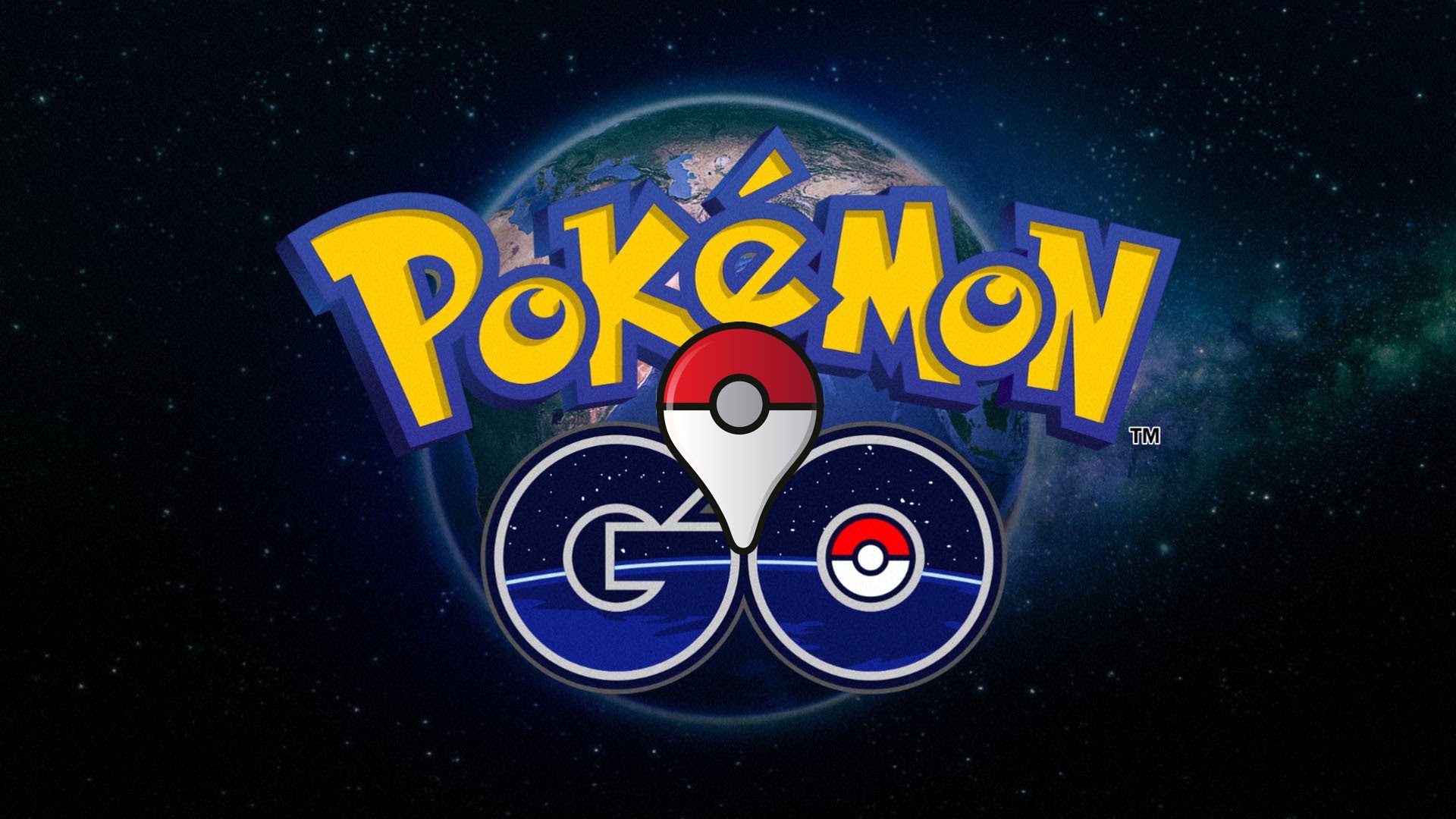We’ve been bitten by a Pokémon monster
SHARE
John Crossley
13 Jul 2016
Pokémon Go is a phenomenon. Almost overnight it has become a global mobile gaming sensation.
You’ve probably ran into someone stopping suddenly in the street to swipe their screen (sorry if it was me). Or you’ve spotted large groups of people hanging out by a local point of interest all glued to their smartphones, for no apparent reason.
It’s amazing that hunting Pokémon in real life locations through your smartphone camera has only been done now.
Unbelievably, this is the first mobile game that has been able to break augmented reality (AR) into the mainstream consciousness.
Go hit more downloads than Tinder in the States within two days. It has more daily active users than Twitter in the US. Oh, and it’s not even properly available in the UK yet…
I’ve been playing Pokémon Go since the weekend (circumventing the App Store by pretending to be in New Zealand), and speaking frankly, I’m on the verge of developing a full-blown addiction.
Yesterday I walked close to 7 miles. That’s a mile at lunchtime, 4.2 miles after work on the way home (as opposed to my usual cycle) and another mile and a half or so around my local park in the evening. I’m exploring bits of London that I’d never bother to visit, and finding excuses to go outside to play.
Yes, I sound like I’m 12 again, but I’m not the only one.
A soldier caught a Squirtle while fighting Isis on the frontline in Iraq. A father-to-be caught a Pidgey while his wife was giving birth. All of this sounds like madness, right?
The game is steeped in nostalgia for anyone like me in their 20s. Combine that with simple to learn, and enjoyable gameplay free at the point of access (and a chance to catch Pokémon in your local park) you can clearly see a winning formula.
It’s a simple joy to swipe (and therefore throw) a Pokéball at a Drowzee hanging out in our local Sainsburys (see below).

The fact the way you swipe your finger effects the movement physically connects the player with this virtual ‘PokéWorld’.
The sensation is deeply satisfying, and even more so when it’s a rarer beast you encounter on your travels. Low learning curve and sustained rewards for going back to play is mobile gaming 101, of course.
This is why it’s all the more surprising that Nintendo, that was seemingly almost a generation behind in the mobile arms race, has completely cracked it (alongside developer Niantic) out of nowhere. Nintendo’s value has already risen by $7.5bn.
Has a mobile game ever crossed into the real world on such a scale? Real life cafés which are ‘Pokéstops’ (where players can collect items) or Pokémon gyms (where players can fight each other) can expect to see swarms of people coming to hang out and play. Helpfully, my local pub in Denmark Hill has both.
Niantic (a former Google startup) has already confirmed there will be a full-blown commercial model that will allow real-life venues to become sponsored locations within the game.
For augmented reality this also marks a truly breakthrough moment. AR games have been around for a while, but never have so many people been engaging with the technology.
This presents a great opportunity and platform for AR to really hammer home the benefits and use cases the industry has been talking about for a number of years.
It’s not perfect. Server issues are still be ironed out, and there are already calls for features which will allow you to battle your friends.
But if Nintendo treats this like a technology product, rather than a game, then we can expect to see incremental updates that will give fans what they want.
Like it or not – Pokémon is a phenomenon that cannot be ignored. Now if you excuse me, I’ve got a Charmander to feed…
Check out our client Zappar’s take on the Pokémon Go craze.

